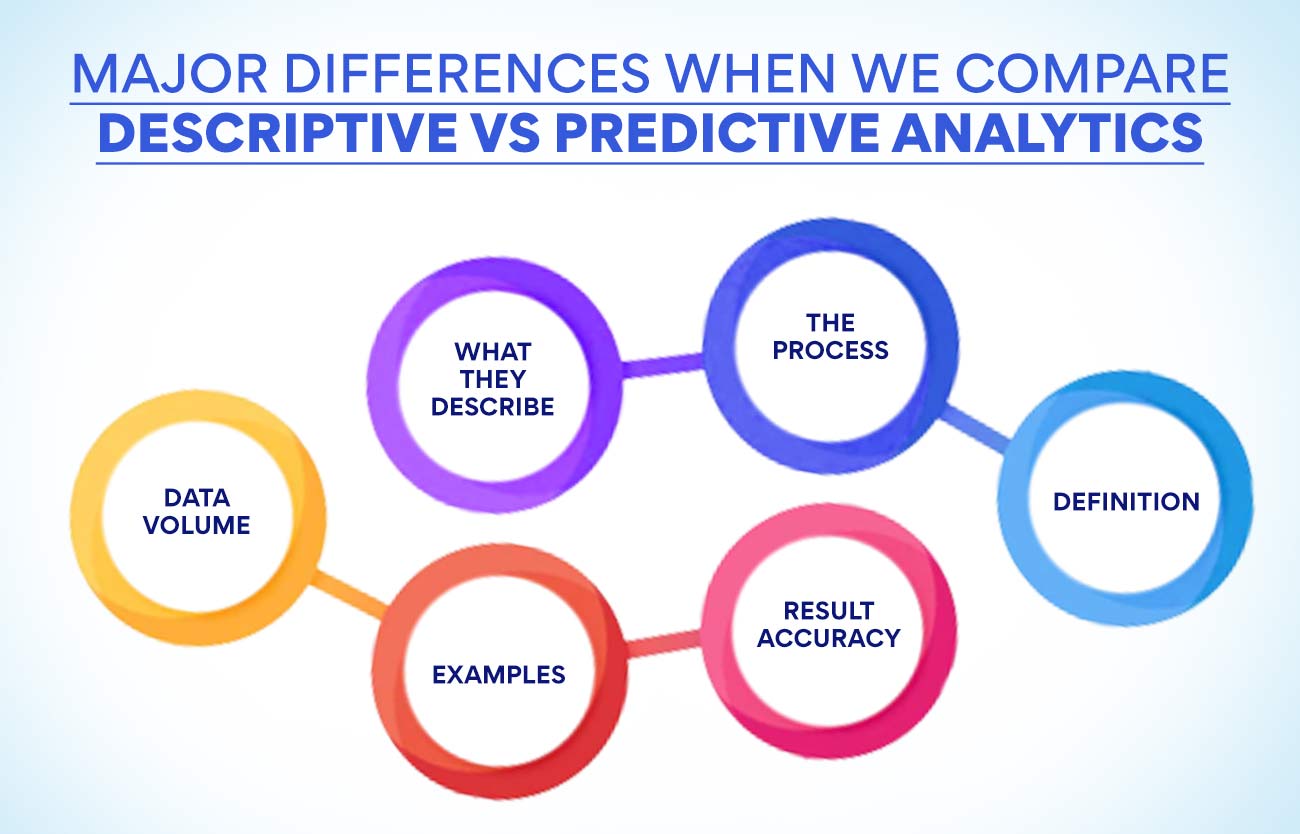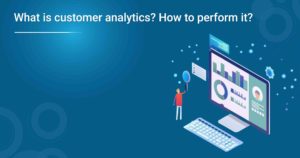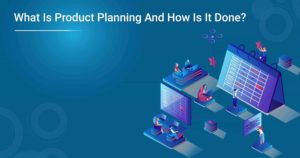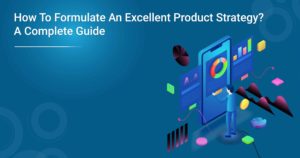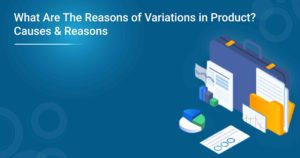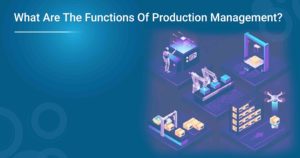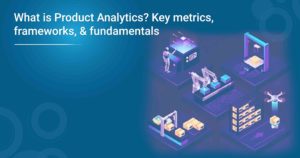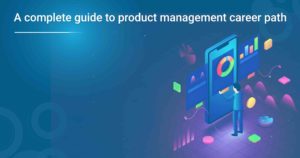Gone are those days when decisions were made from experience or gut feeling. Today’s businesses run on data-driven decisions. Every business generates a huge amount of data as part of its routine operations. This information can provide you with valuable insights into the company’s performance. But they cannot be used as they exist. Analytics experts make them ready for usage. There are different types of analytics, and through this article, we will make a descriptive vs predictive analytics comparison and understand what they are.
What Is Business Analytics?
Business analytics is a branch of computer science that uses statistics, maths and machine learning to find valuable patterns in the available data. This technology uses massive sets of data to find and use insights that help in making better decisions. Performing analytics helps to find out why certain events in the past happened. Understanding the factors that earlier contributed to success or failure helps to make better decisions in the future. There are three types of analytics – descriptive, predictive and prescriptive. If we want to compare descriptive vs predictive analytics, we must know both these in detail.
You can learn everything about analytics in the Advanced Executive Certificate Course In Product Management offered by reputed institutions. One can learn more about the course from our website.
Also Read: How To Become A Better Product Manager: Top 10 Tips
What Is Descriptive Analytics?
If a business has to make decisions in the future, it must know what happened in the past and why it happened. This is what descriptive analytics helps to find out. This type of analytics uses past and present information to discover patterns that provide valuable details about the performance of the business. Seeing the trends in the past will help the firm make better decisions in the future. This task produces business metrics, reports and KPIs that help the organisation track its performance. Looking at why things occurred will help predict what will happen in the future.
Descriptive analytics is very useful in marketing. A company uses various social media platforms for marketing its products. Performing descriptive analytics helps it understand which of the platforms gave the maximum customer reach. It helps to know the customer engagement rate, number of followers and the return on different platforms. The company can use this to decide which platforms to focus on and which ones to drop. Understanding what these activity covers helps us know the comparison of descriptive vs predictive analytics. Businesses use these analytics in finance, supply chain and other functions also.
What Do Companies Gain With Descriptive Analytics?
Descriptive analytics tells a company how it is performing and where it stands against its competitors. This exercise can also bring out the individual and team performances of the sales department. It can tell the top management who is doing well and which person needs to improve. As it analyses data collected over a long period, it can also give information about the performance in different periods. Companies can assess progress using various metrics. When we compare descriptive vs predictive analytics, we see that the former gives details of the past and present.
The main advantage of doing this exercise is that it helps the company know its strong and weak points. The analysis provides information about where the firm has done well and where it needs to improve. Knowing this helps to make decisions about changing strategies to strengthen the weak areas. Another big benefit of doing descriptive analytics is that the organisation can compare itself with others in the industry from their published results. While we study the comparison of descriptive vs predictive analytics, it is essential to see how this work is done.
Example Of Descriptive Analytics
Descriptive analytics helped a company segment its customers in a better way. By analysing the visitors’ behaviour on its website, the organisation could find customers interested in different products. The firm then went on to create remarketing campaigns with information that was useful for each of the customer segments. This greatly improved the firm’s conversion rates.
The Descriptive Analytics Process
The business must start by stating the metrics it wants to generate by doing this analysis. The sales department may want to find out sales growth every quarter. But the accounting department may be interested in knowing how long the firm has taken to get its collectables from the customers. Only once the metrics have been set can the company decide on the data they need to analyse. The next stage is to see where the data is available. In many companies, the information may be scattered in various sources.
The next step is to extract and prepare the data. As the data is scattered in various sources, this job can consume a lot of time and effort. Another important task to be done is to clean the available data. One must remove the inconsistencies and mistakes in the data before using it for analytics. Once the data is ready, then the analytics process starts. Experts use various tools for this purpose. The details needed by different departments are analysed. The outcome of the analysis is presented in a way that everyone can understand.
We are halfway through our comparison of descriptive vs predictive analytics. The next step is to understand what predictive analytics is. One can learn all forms of business analytics methods in the Advanced Executive Certificate Course in Product Management. You can visit our portal to learn more about this program.
Understanding Predictive Analytics
The term itself gives a hint of what this analysis is about. It is about predicting the events in the future using past and present data. This exercise looks at the events that occurred in the past, and that are happening in the present to see if the same will repeat in the future. This allows the businesses to use the findings and alter their activities in such a way as to take advantage of the situations in the future. While comparing descriptive vs predictive analytics, it is clear that the latter helps improve future performance.
This exercise uses various techniques like artificial intelligence, data mining, machine learning, modelling and statistics to predict events in the future. It helps companies develop effective marketing strategies and forecast sales. Accurate forecasting helps the company plan its inventory and production in a better manner. Investments and financial experts use predictive analytics to prepare better investment portfolios and reduce risks. This method determines relationships, patterns and structures in the data to see how changes affect results. It uses an expected set of future conditions to see what the results will be.
Benefits Of Performing Predictive Analytics
Forecasting is an important task in any organisation because it helps them use the resources optimally and prevent waste. Components of supply chains, like inventory management, production planning, etc., depend on accurate forecasting. Experts use predictive modelling to clean and optimise the quality of data for forecasting. This type of analytics is very useful in credit rating. Those companies that offer credit to customers use predictive analytics using customers’ credit data to assess if they will make the payments on time. Understanding the difference between descriptive and predictive analytics is easy once we know their benefits.
Marketing is another activity that depends greatly on predictive analytics. As we all know, companies spend a huge amount on marketing, and they cannot afford to have a failure in this. Organisations use this type of analytics to see how customers have reacted in various situations. This allows them to create a marketing campaign that will grab customer attention. Companies can also use it to see if a product mix will attract customers in a new market. Stock traders use predictive analytics to decide on selling or buying a particular share.
Example Of Predictive Analytics
A popular OTT streaming company used the available data on what people watched and made suggestions of other programmes that these customers may want to watch. This company also started creating content based on information available about what people liked to watch. This is an ideal example of predictive analytics. It helped the company increase its customer loyalty to a great extent.
Also Read: Steps To Create A Successful Go-To-Market Strategy
How Is Predictive Analytics Performed
As with other analytics, the first step is to define the objectives of the exercise and then decide on the data to be collected. This method depends on using large volumes of data, and hence it is necessary to identify the sources. This is a very crucial step, and the result will depend on the effectiveness of the data collected. The data can be unstructured or structured and need to be cleaned to make them useful. When we compare descriptive vs predictive analytics, we can find that up to this, the process is very similar.
Statistics is a very important part of predictive analytics. It helps greatly in validating assumptions and results in decisions being made based on numbers and not just hunches. Most of the hypotheses held by the company officials are put to the test and found if they are right. The next step is modelling, and it is best to use existing tools based on libraries built using open-source programs like R and Python. The model must be tested and found sufficient before deploying it for regular use. Companies must revisit the model and ensure it stays valid as time progresses.
How Does Descriptive Analytics Differ From Predictive Analytics?
Descriptive analytics uses the available data to tell the company what has happened in the past and why such events have occurred. This information helps companies make better decisions based on the events of the past. Predictive analytics also uses the same set of data along with other external data to predict what will happen in the future. Based on the experiences of the past, this type of analytics gives out information on events that have not happened yet. These predictions are very good for companies to plan future activities. We find these major differences when we compare descriptive vs predictive analytics.
Let us now make a head-to-head comparison between the two types of analytics.
What They Describe – Descriptive analytics uses stored data to describe what events took place earlier and the reasons for them. Predictive analytics, on the other hand, analyses the data available and predicts what can happen in the future.
The Process – Data mining and data aggregation are the main tasks in descriptive analytics. Experts use statistics and forecast techniques in predictive analytics to forecast future events.
Definition – Descriptive analytics is defined as the process that helps companies find useful information by analysing huge volumes of available data. The definition of predictive analytics says that it is an activity performed to understand what the future holds for an organisation.
Data Volume – The data volumes used in both processes are huge. While only past data is used in the case of descriptive analytics, the process of predictive analytics uses both past and present data.
Examples – Sales reports, company revenue analysis and performance evaluation, are some examples of descriptive analytics. Sentimental analysis, the credit rating of customers and forecast reports are some of the outcomes of predictive analytics.
Result Accuracy – In the case of descriptive analytics, the results are very accurate. But in the other case, one cannot expect the results to be precise because it is only predicting based on the available data and changes that are calculated based on past information. But the results of predictive analytics help companies to make decisions based on hard data instead of doing guesswork.
To learn more about both descriptive and predictive analytics comparison, you can join the Advanced Executive Certificate Course In Product Management offered by reputed institutions. More details about this course are available on our website.
Conclusion
In a competitive market, it is no more enough for companies to depend on their gut feelings to make critical decisions. The market is changing very fast, and every decision is important for the growth and development of the company. Most firms have realised that there is much to be learned from the data that they generate as part of their daily activities. That is why they are hiring experts to use the data and discover insights that help them make better decisions. Those proficient in analytics have great career prospects now and in the future.
More information:
Brand Management v/s Product Management: Know Key Differences
What Is The Product Process Matrix?






_1668670867.jpg)
